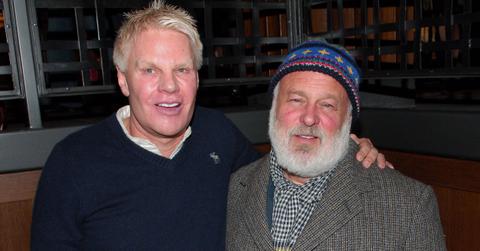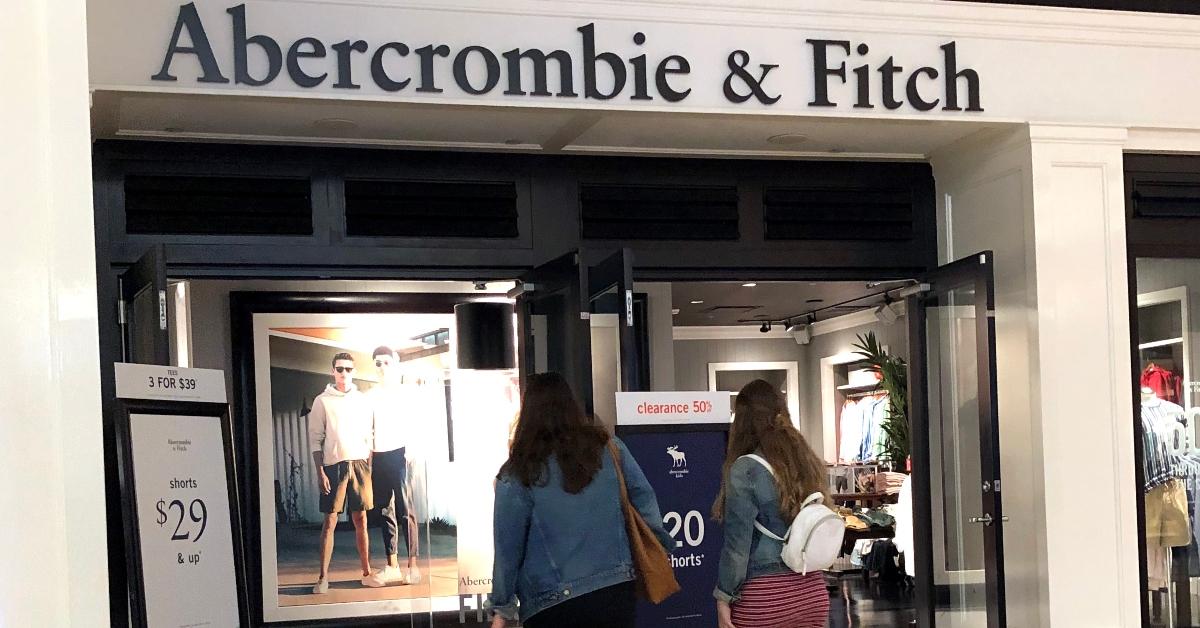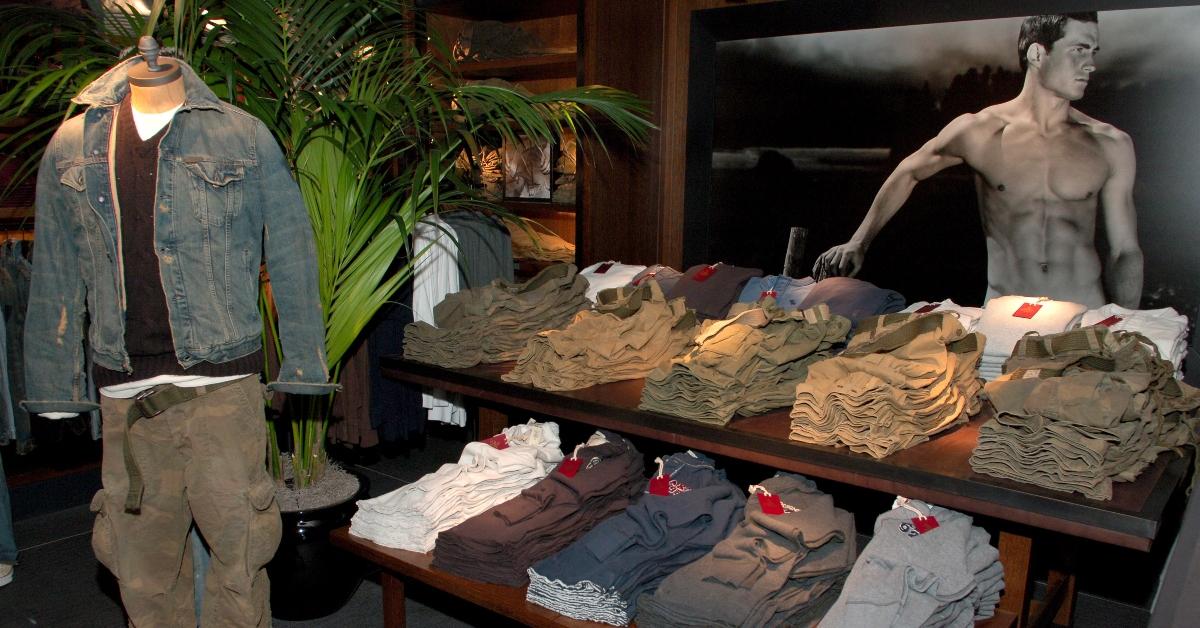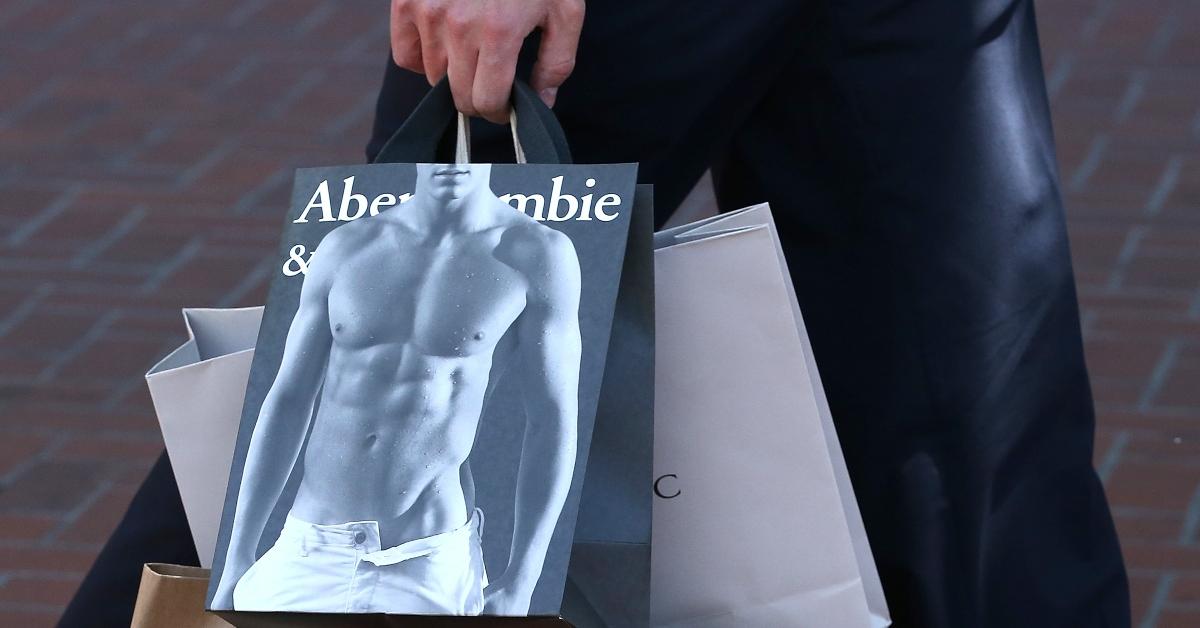How Former Abercrombie & Fitch CEO Mike Jeffries Built His Net Worth
The story of how Abercrombie & Fitch ex-CEO Mike Jeffries built the brand is the topic of a new Netflix documentary. Jeffries has a net worth of $300 million.
April 19 2022, Published 12:45 p.m. ET

Mike Jeffries (left)
The story of how controversial Abercrombie & Fitch ex-CEO Mike Jeffries built the brand is the topic of a new Netflix documentary debuting on April 19. According to Celebrity Net Worth, Jeffries accumulated a net worth of $300 million in 22 years with A&F.
Mike Jeffries
Former Abercrombie & Fitch CEO
Net worth: $300 Million
Former Abercrombie & Fitch CEO Mike Jeffries is credited with reinventing the retail brand to become one of the most popular clothing stores in the late 1990s and early 2000s. Under Jeffries' management, the retailer often faced scrutiny for practices that some claimed were racist and sexist. Jeffries' turbulent reign at Abercrombie & Fitch is the focus of a new Netflix documentary.
Birthdate: July 5, 1944
Ex-wife: Susan Hansen
Partner: Matthew Smith
Children: 1
Alma mater: Columbia Business School
The documentary White Hot: The Rise and Fall of Abercrombie & Fitch tells how the “all-American” brand dominated malls throughout the late 1990s and early 2000s, only to fall from grace amid criticism of racism and sexism.

Jeffries helped reinvent Abercrombie & Fitch.
Jeffries is credited with turning Abercrombie & Fitch from a stuffy brand losing about $25 million a year to one of the most popular brands for young men in the country. A 2006 Salon article referred to Jeffries as the “Willie Wonka of the fashion industry.”
Jeffries grew up in the world of retail. His parents owned a chain of party supply stores. After receiving his MBA from Columbia Business School, he worked for several retail companies before founding Alcott & Andrews, a brand for career women. The retailer was in business for about five years until it fell into bankruptcy and closed.
In 1992, Jeffries was hired to help invigorate Abercrombie & Fitch, which was owned by The Limited (L Brands). And that’s exactly what he did. He reinvented A&F as a young, hip, and sexy brand of clothes geared to the all-American college kid. Although the stores did carry women’s clothes, their primary focus was on men’s clothes.
By 2006, the company had over 800 stores and brought in almost $2 billion in annual revenue. Jeffries oversaw A&F’s four brands, including Hollister Co., Abercrombie Kids, and Ruehl No.925.
Abercrombie & Fitch targeted the popular kids.
A&F stores were known for their racy ads depicting half-dressed young men with washboards abs. In the Salon interview, Jeffries seemed unapologetic about how the store’s image was meant to cater to the popular kids.

"In every school, there are the cool and popular kids, and then there are the not-so-cool kids. Candidly, we go after the cool kids. We go after the attractive all-American kid with a great attitude and a lot of friends,” he told Salon. “A lot of people don't belong [in our clothes], and they can't belong. Are we exclusionary? Absolutely.”
Many people were critical of Abercrombie & Fitch.
However, not everyone was a fan. In the early 2000s, A&F faced heavy criticism for slogans on the t-shirts it sold. Some of the controversial t-shirt slogans read "Wong Brothers Laundry Service – Two Wongs Can Make It White," "Female streaking encouraged," and "It's All Relative in West Virginia." The retailer also came under fire for a line of thongs for pre-teen girls with phrases like "Eye Candy" and "Wink Wink" printed on them.
"Listen, do we go too far sometimes? Absolutely. But we push the envelope, and we try to be funny, and we try to stay authentic and relevant to our target customer. I really don't care what anyone other than our target customer thinks," Jeffries told Salon.
A lawsuit accused Abercrombie & Fitch of discrimination.
In 2004, a group of black, Latino, Asian, and female employees filed a class-action lawsuit against A&F, accusing the brand of discrimination. The lawsuit claimed that floor sales and management positions were only given to white males and that minorities and women were overlooked.
Jeffries stepped down as A&F chairman in 2013 and relinquished his CEO title in 2014. The company’s performance had been in a deep dive at the time, with declining sales for 11 straight quarters.

Is Abercrombie and Fitch still in business?
Abercrombie & Fitch is still in business, as well as the company’s Abercrombie Kids and Hollister Co. brands. Ruehl No. 925 stores went out of business in 2010.
The company operates two other brands, Gilly Hicks and Social Tourist. According to the A&F website, there are about 730 stores under the five brands located across North America, Europe, Asia, and the Middle East.
